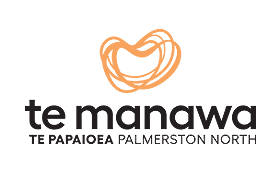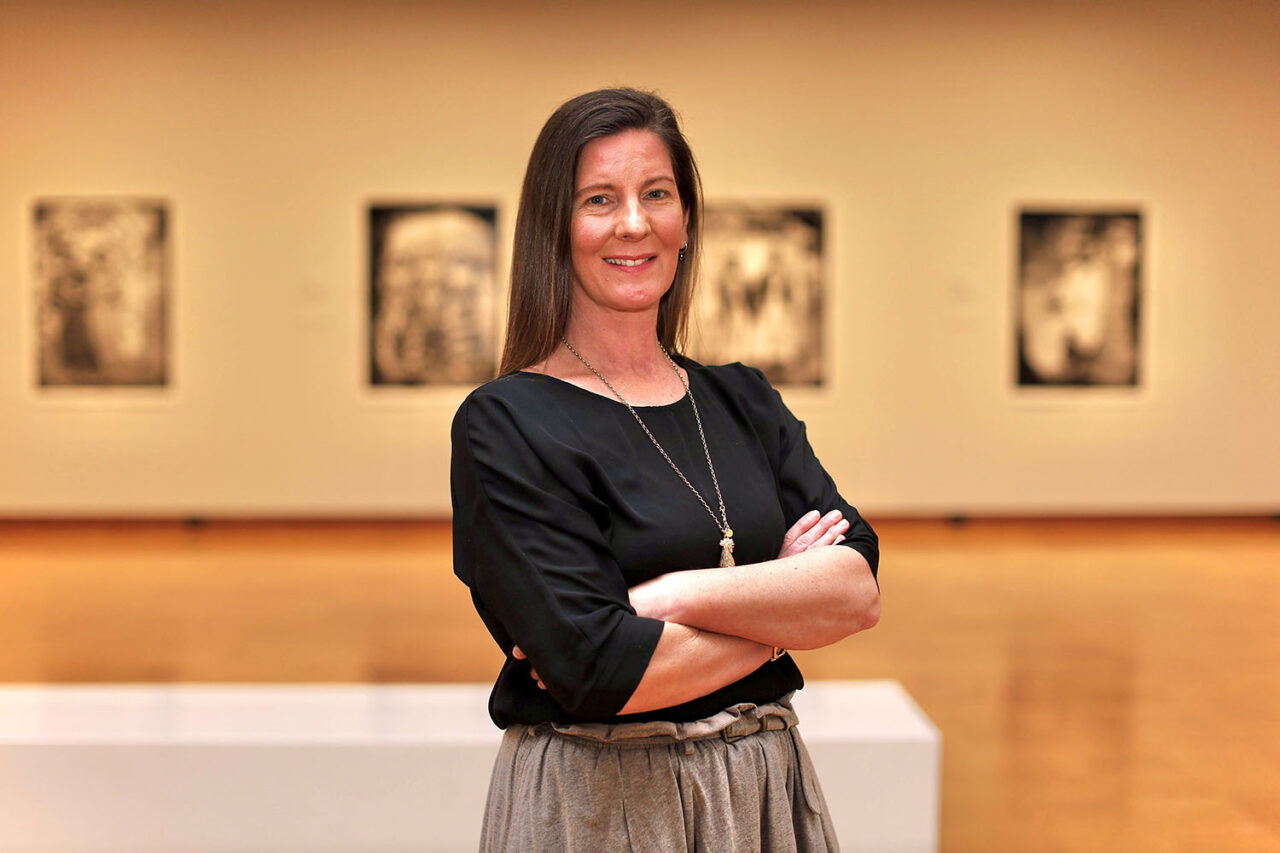There aren’t many people who get to say they’re “coming home” when they begin a new job, but Susanna Shadbolt is one of them. Years after working as a curator at Te Manawa Museum of Art, Science and Heritage, she has returned to take up the role of the Museum’s new Chief Executive.
She brings with her a lifelong passion for museums, in addition to a wealth of experience gained lecturing at Massey University and as director of Aratoi Wairarapa Museum of Art and History.
“I always enjoyed going into museums for the experience of the stories behind arts, art and objects, and finding out a little bit more,” Susanna says. “It’s like storytelling, learning about cultures and people in particular.”
While studying art history and archaeology in her native Germany, she worked part time in galleries and museums. Her first full-time job was at Te Manawa, with the thousands of objects in our collections.
“That was my dream come true, a really great experience,” she recalls. “Coming in the door again, it felt like home. A home that’s changed and evolved, with different people, but it’s good to be back and to meet everyone.”
It might seem like it’s a big perspective shift from curator to chief executive, but Susanna doesn’t think so. She sees all roles as interconnected, and that the different parts of a museum can’t really operate separately from each other. At Aratoi, she wasn’t only concerned with “big picture” thinking; getting hands-on was a big part of the job too.
“I’m really looking forward to seeing what we can create together,” Susanna says, and emphasises the need to stay connected and take a collective approach. “I think it’s important to go for a walk, to see what’s out there, to see if there’s anything we can change. I bring ideas to this, but the museum is a community. I’m keen to have something that’s us, that will have people say, ‘that’s Te Manawa and they do things differently.’”
At the heart of every museum stands its collection, a giant repository of history, stories and relationships. Te Manawa has just shy of three thousand items in its art collection, while more than forty-eight thousand objects make up the heritage collection. Since 2018 the team has worked to increase the number of collection works displayed in the Art Gallery, and Susanna wants to restore the Museum’s focus on the heritage side of things too.
“I feel quite strongly that the collections are really what a museum is about,” she says. “A collection always speaks volumes about its community.”
It’s not just because it presents our history, she explains, but the choice of the things we collect, the effort itself that goes into documenting our culture and our heritage, tells a story too.
“This is why we need to provide access to those collections, to those stories, because they are essentially about us,” Susanna continues. “They ground us here and define who we are and what made us. Exhibitions are the window into the museum, into the collection – they’re the lifeline connecting us to all that.”
She’s excited to see the launch in October of online access to the Te Manawa collection, a project that the museum has been building towards for years. At first it will be just a fraction of the total objects it cares for, but the selection will grow more comprehensive over time.
Like all museums and public-facing organisations across the world, Te Manawa has faced challenges from the Covid-19 pandemic. But as the public adapts and visitor numbers begin to rise again, Susanna is confident that Te Manawa is well-positioned to make a good recovery.
“I think we are really fortunate, and Manawatū has so many strengths. I love the relationship that we have with our iwi, and I think that’s really encouraging because for museums that isn’t always a given; hopefully that will continue and grow into a new partnership.”
A challenge unique to Te Manawa goes back to its origin as an amalgamation of three different bodies. Today it’s made up of the Art Society, the Science Centre and the Museum Society, and their needs have had to be balanced.
“I think that’s been a challenge for a long time, nearly twenty years,” Susanna acknowledges, “so that’s something we really want to look at and work out. The link between the Art Gallery and the Museum, and the Museum and Science Centre – making that work is important.
“We’ve got to consider the building itself – or buildings, I should say! These were originally office buildings, and it’s much better to have a purpose-built museum and gallery. It would be fantastic to have a new building and work in the cultural precinct.”
Te Manawa’s vision is to be a museum working beyond boundaries, and that means reaching out into our region. Susanna describes the changes she made at Aratoi in which she threw open the doors and the people of Wairarapa responded.
“It was fantastic. The people there love to be challenged,” Susanna recalls. And though the last ten years have seen tremendous community engagement at Te Manawa, there’s always someone new who can be included.
“We all touch, work and know different communities,” Susanna says, “and it’s a matter of inviting them in and saying ‘do you want to do something? What can we do together?’ Sometimes that’s a little scary because you give away control, but it’s also exciting to see what can happen, and you work that out together. I want to hear many voices and I want us to speak with many voices.
“We’re here for our communities, to provide enrichment and learning opportunities and a space where they can gather and engage with art and objects, our science and our heritage.”




